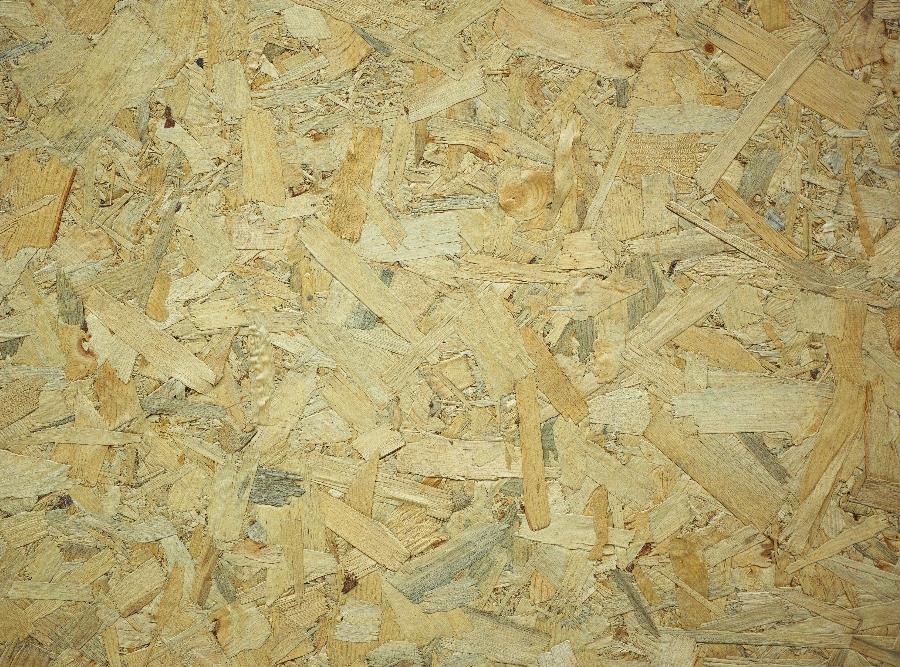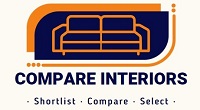Particle board or commercial board (or the engineered wood that many brands call it), is a great product for making mass low cost, low quality furniture which dominates the market at present. It is the go to material for a lot of large brands like Ikea as well who use particle board in almost every single wooden furniture that they market.
Particle board is extremely cheap to make and once wrapped up with paper laminates or membranes, it looks as good as actual wood which it is supposed to replace. In fact, since the paper laminates are not actual wood but made in factories, they do not have the natural flaws of wooden texture making laminated particle board look even better.
So how are particle boards made? Here is the small process.
Raw material chipping:
The biggest reason for the low cost of particle board is the raw material. Basically any waste from wood including pieces of plywood etc are the raw material for particle board. This entire material is taken and passed through a chipper which makes small chips of sizes varying from some millimeters to some 2-3 inches.
Chip Drying:
Any natural moisture or moisture due to wet wood and other natural oils are removed from these chips by passing them into an oven. This dries up the chips completely. This helps in ensuring that insects cannot make a home in the chips but it also makes the chips brittle.
Addition of Adhesives:
Once the chips are dried, they are mixed with adhesives in a process very similar to the one followed for manufacture of MDF. While in that case, fine wooden fibes are mixed with adhesives, to make particle board, the chips are themselves mixed with adhesives. Quality of adhesive plays a very important part in the quality of particle board. You can assume that while the wooden chips provide volume to particle boards, the strength as well as ability to stay in form of board is derived from the adhesives.
Matting and Pressing:
Similar to MDF, to make particle board, the mix of chips and adhesives is placed on belts in mats. These mats are carefully calibrated to ensure that the thickness of final board is even. In this case, its not possible to ensure even spread across the thickness as well since chips are of varying sizes. Many brands try to add a thin layer of fiber (like MDF) on top and bottom of the particle board core to make it look better. Hot press then ensures that this mat is pressed properly and made into boards.
Cutting and Packing:
Final boards are cut into desired sizes and packed.
If you have understood the process, you will understand why particle board is not a great material for residential interiors except in extreme budget related constraints. This is not something you will realize if you actually looked at prices of particle board furniture with some leading brands but that is not something we can control. Its better to get the woodwork done by an unreliable carpenter using low quality plywood if the option is between that and particle board.
Particle board is useful in case requirement is only for 1-2 years as a stop gap arrangement. Its better to spend less and take less hassle in getting the work done by hand.
- Interior Design
- Interior Contractors

